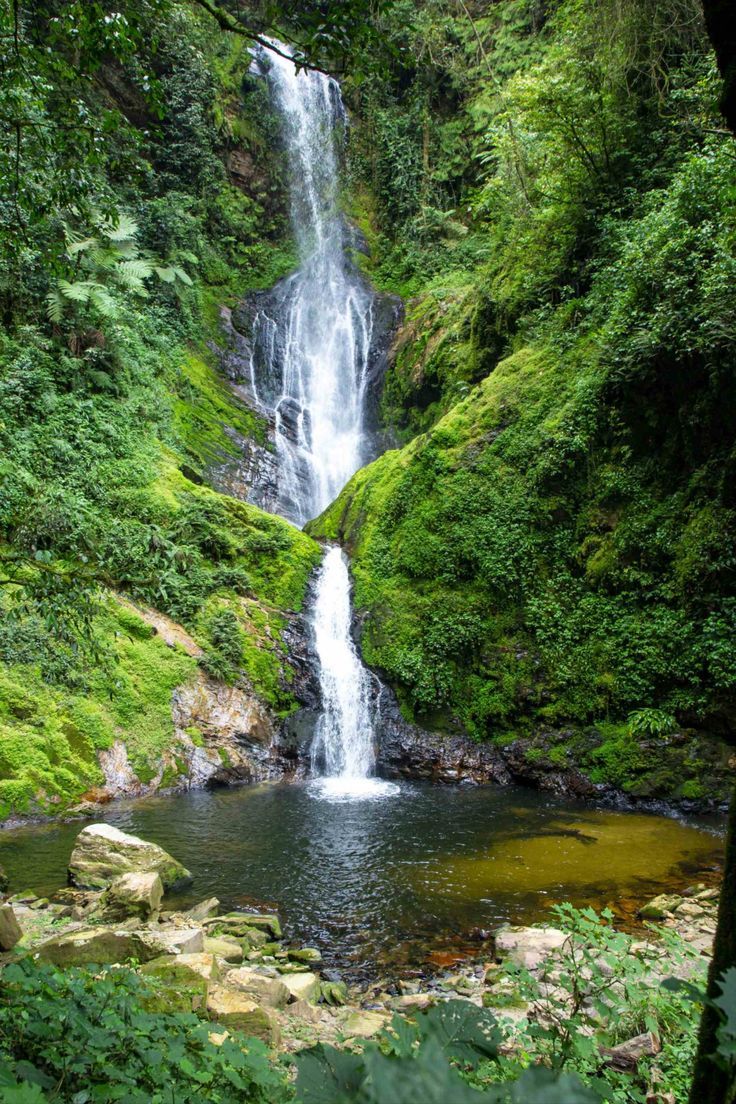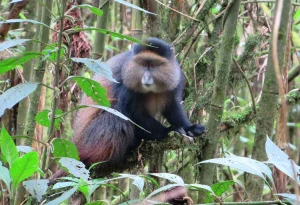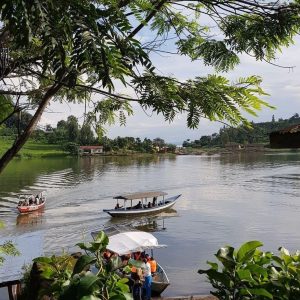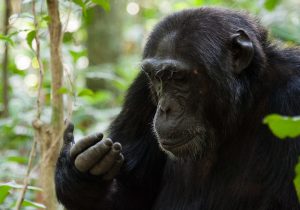Exploring Rwanda’s National Parks
Introduction
Exploring Rwanda’s National Parks Rwanda, known as the “Land of a Thousand Hills,” is famous for its scenic beauty and rich biodiversity. Despite its small size, the country has several national parks filled with incredible wildlife, from the iconic mountain gorillas to savannah animals like lions and elephants. These national parks offer unique wildlife experiences and eco-tourism opportunities, making Rwanda a top destination for nature lovers and adventure seekers. This guide explores the four main national parks in Rwanda: Volcanoes National Park, Akagera National Park, Nyungwe Forest National Park, and Gishwati-Mukura National Park.
1. Volcanoes National Park
Overview
- Location: Northwestern Rwanda
- Size: 160 square kilometers
- Key Attractions: Mountain gorillas, golden monkeys, hiking, and volcanic scenery
Wildlife and Activities
Volcanoes National Park is famous for its population of mountain gorillas. It is part of the larger Virunga Conservation Area, which includes Uganda and the Democratic Republic of the Congo. Rwanda offers some of the best gorilla trekking experiences, attracting visitors worldwide. The park is also home to golden monkeys and various bird species.
- Gorilla Trekking: The park is the top destination for gorilla trekking in Rwanda. Permits are required and can be booked in advance through the Rwanda Development Board.
- Golden Monkey Trekking: Another exciting activity is trekking to see these rare primates, known for their playful behavior and striking colors.
- Hiking and Volcano Climbing: The park has five volcanoes: Karisimbi, Bisoke, Sabyinyo, Gahinga, and Muhabura. Visitors can hike to the summit of Mount Bisoke for stunning views or take a challenging trek to Mount Karisimbi, the highest peak in the park.
2. Akagera National Park
Overview
- Location: Eastern Rwanda, bordering Tanzania
- Size: 1,122 square kilometers
- Key Attractions: Big Five (lion, leopard, elephant, buffalo, rhino), savannah landscapes, boat safaris
Wildlife and Activities
Akagera National Park is Rwanda’s only savannah park and is home to the Big Five: lions, leopards, elephants, buffalo, and rhinos. Thanks to conservation efforts, Akagera has transformed, reintroducing key species and becoming one of the best places for traditional African safaris in Rwanda.
- Game Drives: Visitors can embark on game drives to explore the park’s diverse habitats, including savannahs, woodlands, wetlands, and lakes. Expect to see giraffes, zebras, antelopes, hippos, and crocodiles, along with the Big Five.
- Boat Safaris on Lake Ihema: A boat trip on Lake Ihema provides a chance to see aquatic wildlife, including hippos, crocodiles, and various water birds.
- Bird Watching: Akagera is a haven for bird watchers, with over 500 species recorded, including the African fish eagle and the rare shoebill stork.
3. Nyungwe Forest National Park
Overview
- Location: Southwestern Rwanda
- Size: 1,019 square kilometers
- Key Attractions: Primates, bird watching, canopy walks, and waterfalls
Wildlife and Activities
Nyungwe Forest National Park is one of Africa’s oldest rainforests and is a biodiversity hotspot, known for its rich variety of primates, including chimpanzees and colobus monkeys. The park’s high-altitude rainforests, swamps, and bamboo forests support an abundance of wildlife.
- Chimpanzee Trekking: Nyungwe offers the opportunity to track wild chimpanzees, making it a popular activity.
- Canopy Walk: The Nyungwe Canopy Walk is one of the park’s highlights. This suspended bridge provides a thrilling view of the forest from 50 meters above the ground, offering breathtaking scenery and great bird-watching opportunities.
- Hiking Trails: Nyungwe has many trails, with the Waterfall Trail being one of the most popular. The park features several waterfalls, and the hiking trails also provide chances to spot primates, butterflies, and birds.
- Bird Watching: With over 300 species, including many endemic species, Nyungwe is a paradise for bird watchers.
4. Gishwati-Mukura National Park
Overview
- Location: Western Rwanda, near Lake Kivu
- Size: 34 square kilometers
- Key Attractions: Forest walks, primates, bird watching
Wildlife and Activities
Gishwati-Mukura National Park is Rwanda’s newest national park, established in 2015 to protect two remnant forests—Gishwati and Mukura. The park is part of a larger reforestation and conservation project aimed at restoring biodiversity.
- Primates: The park is home to several primate species, including chimpanzees, golden monkeys, and blue monkeys.
- Forest Walks: Visitors can explore the park through guided forest walks, gaining insights into ongoing conservation efforts and spotting primates.
- Bird Watching: Gishwati-Mukura is also great for bird enthusiasts, with several fost-dependent bird species, some of which are endemic to the Albertine Rift.
Conservation and Eco-tourism in Rwanda
Rwanda is a leader in conservation and eco-tourism in Africa. The country’s commitment to wildlife conservation is evident in the successful protection of endangered species like the mountain gorillas and the reintroduction of lions and rhinos to Akagera National Park. Eco-tourism is heavily promoted, ensuring that tourism activities benefit local communities and contribute to conservation efforts.
All the national parks offer well-regulated, low-impact tourism that minimizes environmental degradation while maximizing benefits for local populations.
Conclusion
Rwanda’s national parks offer a diverse range of wildlife and landscapes, from mountain gorillas in the lush forests of Volcanoes National Park to savannah wildlife in Akagera National Park and rich primate diversity in Nyungwe Forest. Whether you’re seeking adventure, wildlife encounters, or tranquil nature experiences, Rwanda’s national parks provide some of Africa’s most unique and unforgettable safari experiences. Exploring Rwanda’s National Parks




